Circuit Description
The exhaust gas temperature is calculated by the electronic control module (ECM). Exhaust gas temperature is derived by the ECM, based on engine operating conditions such as intake manifold air temperature, engine speed, injection timing, intake manifold pressure, and fuel flow.
Component Location
There is not a physical exhaust gas temperature sensor in the system. The exhaust gas temperature is a calculation of exhaust gas temperature before the turbocharger and is also known as turbine inlet temperature.
Note: Some original equipment manufacturers (OEMs) have pyrometer gauges mounted in their chassis. Pyrometers measure turbine outlet temperature or the exhaust gas leaving the turbocharger and will not equal the value monitored with the exhaust gas temperature parameter with INSITE™ electronic service tool.
Conditions for Running the Diagnostics
This diagnostic runs continuously when the engine is operating.
Conditions for Setting the Fault Codes
The ECM detects that the calculated turbine inlet temperature is greater than a calibratible value.
Action Taken When the Fault Code is Active
-The ECM logs the fault code immediately when the temperature threshold is exceeded.
-Fuel is limited in an attempt to decrease the exhaust gas temperature entering the turbocharger.
Conditions for Clearing the Fault Code
The ECM will turn off the amber CHECK ENGINE light immediately after the diagnostic runs and passes.
Shop Talk
The most common cause of this fault code is low boost pressure. Low boost pressure can be caused by several factors: leaking charge-air cooler, damaged charge-air cooler piping or hose, loose charge-air cooler clamps, damaged intake manifold pressure sensor, damaged variable geometry turbocharger, damaged turbocharger control valve, or damaged turbocharger control shutoff valve.
This fault code can also be caused by a turbocharger fuel control derate, which can be viewed with INSITE™ electronic service tool, under the Engine Operating State. Turbocharger fuel control derates can be caused by several factors: high exhaust temperatures, turbocharger compressor inlet temperatures, and turbocharger compressor outlet temperatures.
Exhaust gas recirculation (EGR) system leaks can also cause this fault code. Inspect the EGR bellows and EGR connections for signs of leaks.
Note: This fault code will most likely not be active with no load in the shop. The engine must be loaded to trip this fault code and to determine if the cause has been found and repaired. Running units on the dynamometer can sometimes cause this fault code to log, due to the stationary nature and high temperatures.


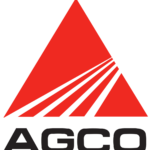 AGCO
AGCO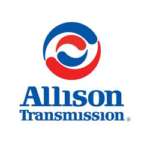 ALLISON
ALLISON BENDIX
BENDIX BOBCAT
BOBCAT CAT
CAT CLAAS
CLAAS CNH
CNH DAF
DAF DETROIT
DETROIT EATON
EATON FREIGHTLINER
FREIGHTLINER HINO
HINO HITACHI
HITACHI ISUZU
ISUZU JCB
JCB JOHN DEERE
JOHN DEERE JPRO
JPRO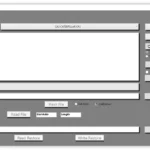 MAGIC TUNER
MAGIC TUNER MAN
MAN Navistar
Navistar PACCAR
PACCAR PERKINS
PERKINS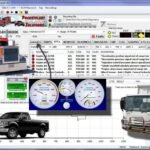 PF DIAGNOSE
PF DIAGNOSE PSI POWERLINK
PSI POWERLINK RENAULT
RENAULT SCANIA
SCANIA THERMO KING
THERMO KING UD NISSAN
UD NISSAN VOLVO
VOLVO WABCO
WABCO ZF TESTMAN
ZF TESTMAN
 BELL
BELL BENDIX
BENDIX BOBCAT
BOBCAT CARRIE
CARRIE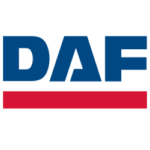 DAF
DAF DETROIT
DETROIT EATON
EATON FUSO
FUSO MACK
MACK
 Cumminz
Cumminz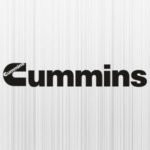 ISB4.5 CM2150
ISB4.5 CM2150 All Engines (2017 Emissions)
All Engines (2017 Emissions) PACCAR
PACCAR
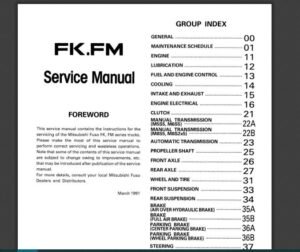
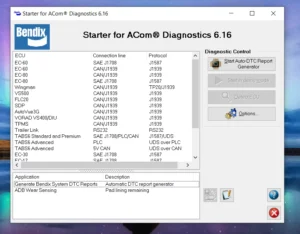
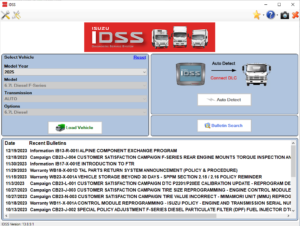
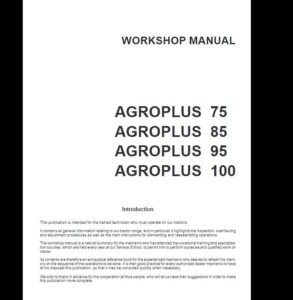
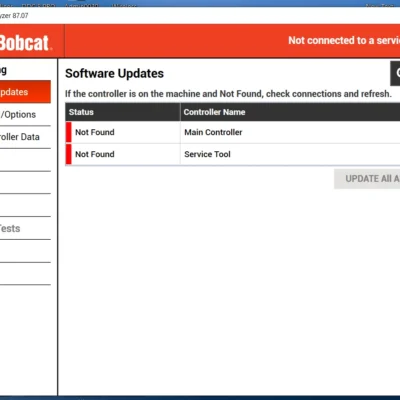
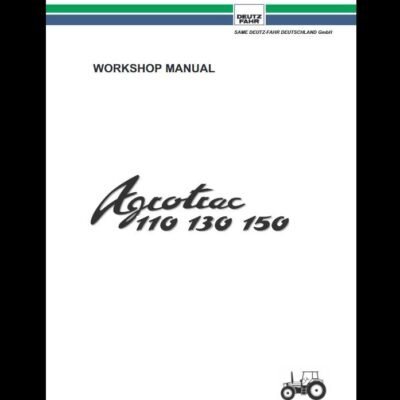


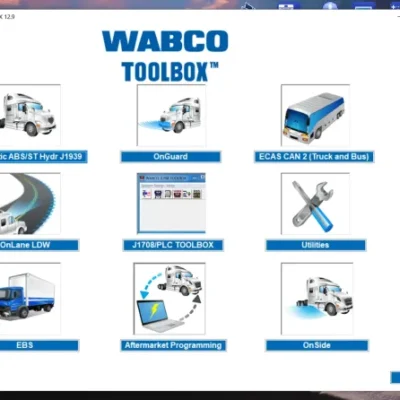

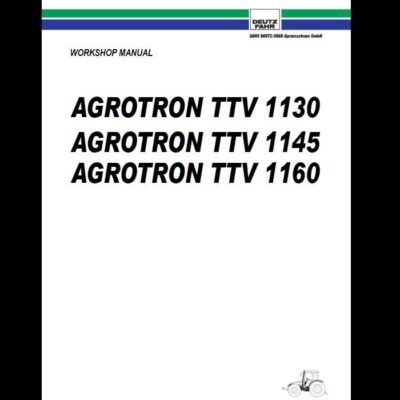

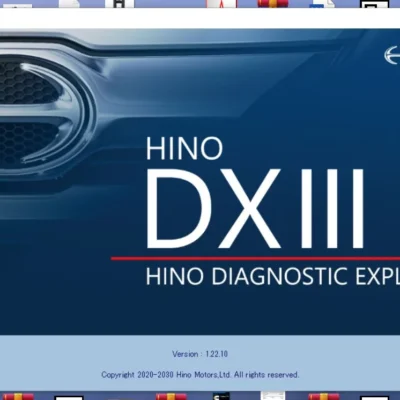

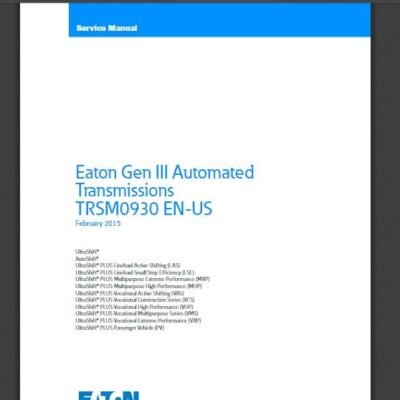
![DOOSAN EDIA-AS FULL STANDARD 2.4.0.7 [2023.06] is an essential diagnostic software designed for Doosan machinery. Released in June 2023, it enhances maintenance and troubleshooting processes for heavy equipment. This version offers improved functionality, user-friendly features, and unlimited licensing. It also provides remote installation support via TeamViewer, ensuring users can maximize their investment effectively.](https://ecmtrucks.com/wp-content/uploads/2024/08/11-400x400.png)
Reviews
Clear filtersThere are no reviews yet.